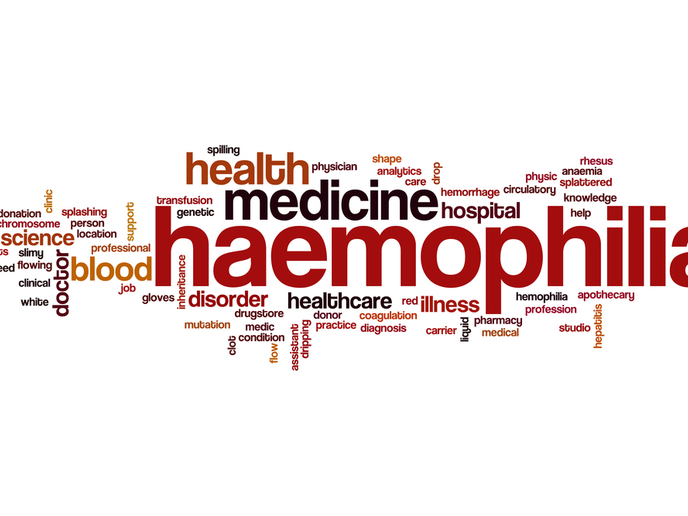Novel technology for metabolic analysis at the single cell level
Biological processes are highly complex and involve multi-parameter phenomena and responses to diverse intracellular and extracellular cues. To understand the resultant phenotypic heterogeneity, it is necessary to experimentally study single cells as population-level analyses can mask individual cell behaviour. The EU-funded ISOLATE (Developing single cell technologies for systems biology) initiative represented an initial training network of researchers on single cell analyses for the investigation of complex biological phenomena. The programme involved a range of techniques including bioengineering, analytical chemistry and systems biology to answer key biological questions on metabolism and signalling in health and disease. Researchers developed microfluidics-based devices for single cell cultivation, highly-sophisticated optical methods for protein analysis as well as tools for metabolite analysis. The microfluidic cell-culture chip enabled the isolation and culture of single cells under controlled environmental conditions. These cells were subjected to downstream analysis using holographic optical tweezers and imaging. Towards this goal, a single molecule fluorescence microscope was used that is capable of millisecond time scale imaging of proteins in single cells. The whole setup was tested on single yeast Saccharomyces cerevisiae cells that carried novel genomic fluorescent fusions of the transcription factor Mig1 nuclear-cytosolic shuttling. This allowed researchers to identify dynamic behaviours under different metabolic conditions and visualise the glucose uptake into yeast cells. They observed that although the cytoplasmic or nuclear localisation of Mig1 depended on glucose concentration, there was always a nuclear fraction that was subjected to dynamic trafficking. Another significant achievement of ISOLATE was the development of an ATP sensor capable of detecting NAD(P)H autofluorescence that could be utilised to study metabolism at a single cell level. In this system, scientists adopted the metabolic biosensors Peredox and TRACK. Collectively, the deliverables of the project constitute important tools for single cell analyses, enabling researchers to investigate complex phenomena.







